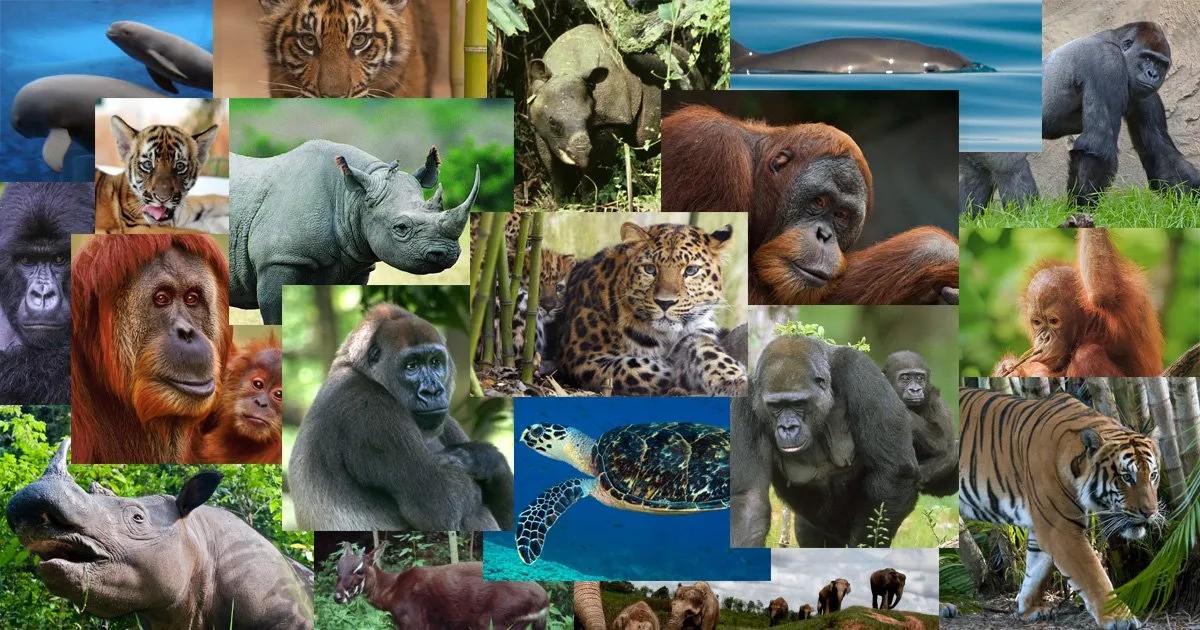In our complex and diverse world, the study of cognition has long been a captivating field, delving into the intricate workings of the human mind. However, alongside our own cognitive journey lies a realm equally rich and intriguing—the minds of haustiere. While once considered vastly different, modern research has unveiled surprising parallels between human and animal cognition, revealing a shared tapestry of mental abilities that challenges traditional notions of superiority.
From problem-solving prowess to emotional depth, the similarities between human and animal minds are as profound as they are unexpected. Let’s embark on a journey through these remarkable parallels, shedding light on the intricacies of cognition across species.
1. Social Intelligence:
Humans are inherently social beings, equipped with the ability to navigate complex social dynamics and form intricate relationships. Interestingly, this aspect of cognition is not unique to us. Many animal species, from primates to dolphins, exhibit strikingly similar social behaviors, such as cooperation, communication, and even empathy.
Take, for example, the intricate social structures observed in chimpanzee communities. These intelligent primates engage in sophisticated forms of communication, forge alliances, and demonstrate empathy towards one another, mirroring aspects of human sociality. Similarly, elephants are renowned for their strong familial bonds and elaborate mourning rituals, highlighting the depth of their emotional connections.
2. Tool Use and Innovation:
The ability to craft and utilize tools has long been regarded as a hallmark of human intelligence. However, this cognitive feat is not exclusive to our species. Various animals, including primates, birds, and even octopuses, have been observed using tools in the wild.
For instance, New Caledonian crows exhibit remarkable ingenuity in crafting tools to extract insects from crevices—an ability once thought to be uniquely human. Furthermore, studies have shown that these crafty birds can even innovate new tool designs to solve novel problems, showcasing a level of cognitive flexibility akin to human innovation.
3. Emotional Complexity:
Emotions play a pivotal role in shaping human experiences, influencing our decisions, and fostering social bonds. Remarkably, animals also display a wide array of emotions, ranging from joy and sorrow to fear and curiosity. Research has unveiled the emotional depth of various species, challenging the notion of emotional exclusivity in humans.
For instance, dogs, often referred to as humanity’s loyal companions, exhibit a rich tapestry of emotions, including attachment, jealousy, and even guilt. Similarly, studies have shown that elephants can experience grief and display empathy towards distressed individuals within their herd, underscoring the depth of their emotional lives.
4. Problem-Solving Abilities:
Human cognition is characterized by its capacity to analyze complex problems, devise solutions, and adapt to changing circumstances—an ability crucial for our survival and advancement. Surprisingly, many animal species demonstrate analogous problem-solving skills, showcasing their adaptive intelligence.
One remarkable example is the cognitive prowess of dolphins, renowned for their ability to solve intricate puzzles and navigate complex social dynamics. These marine mammals exhibit a remarkable capacity for learning and innovation, often devising novel strategies to overcome challenges in their environment.
In conclusion, the study of cognition across species reveals a fascinating tapestry of similarities between human and animal minds. From social intelligence and tool use to emotional complexity and problem-solving abilities, the parallels are undeniable, challenging conventional notions of cognitive superiority.
